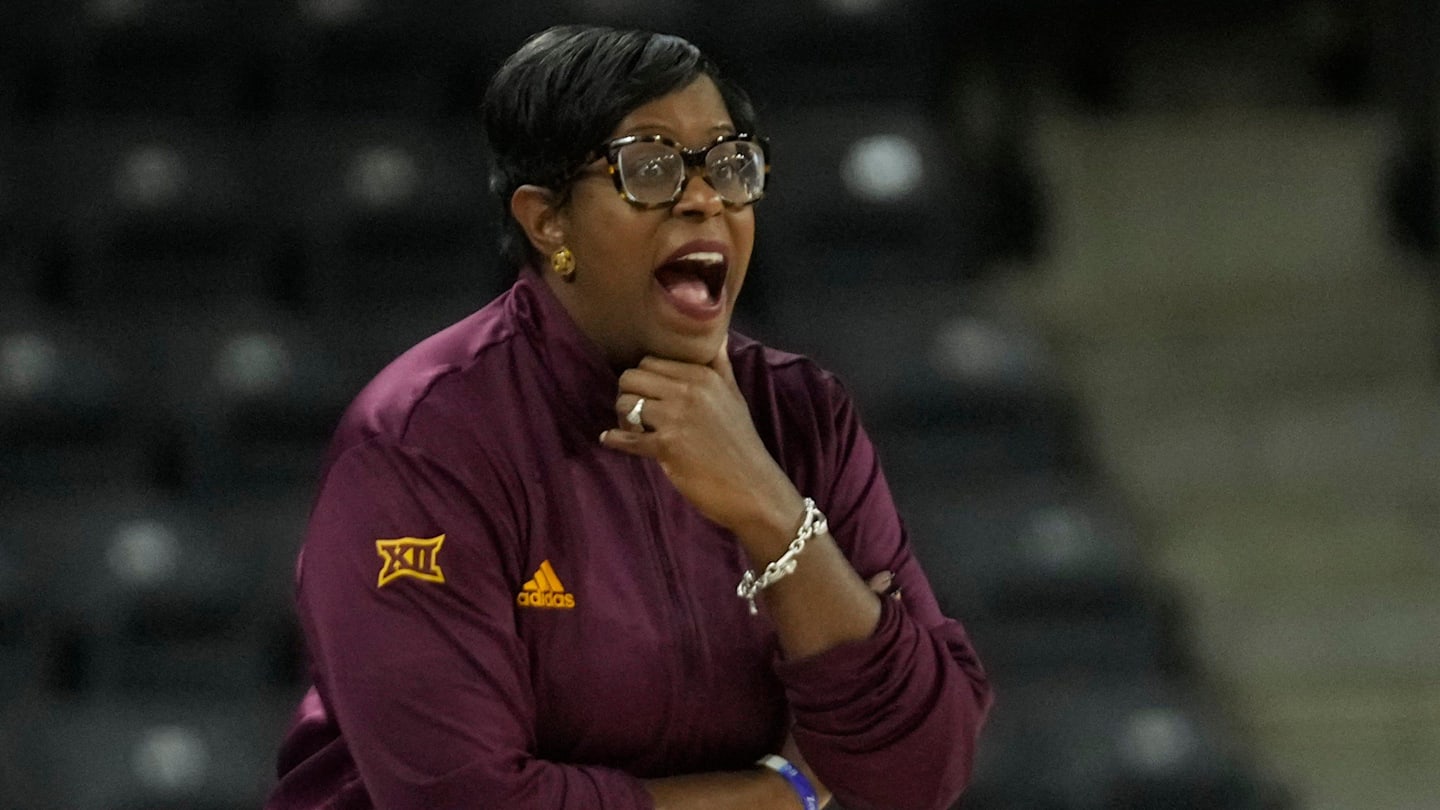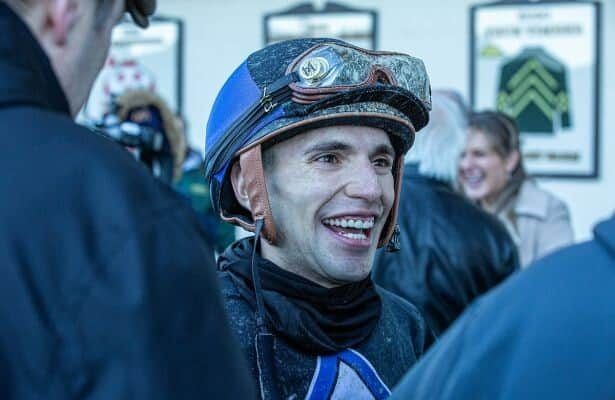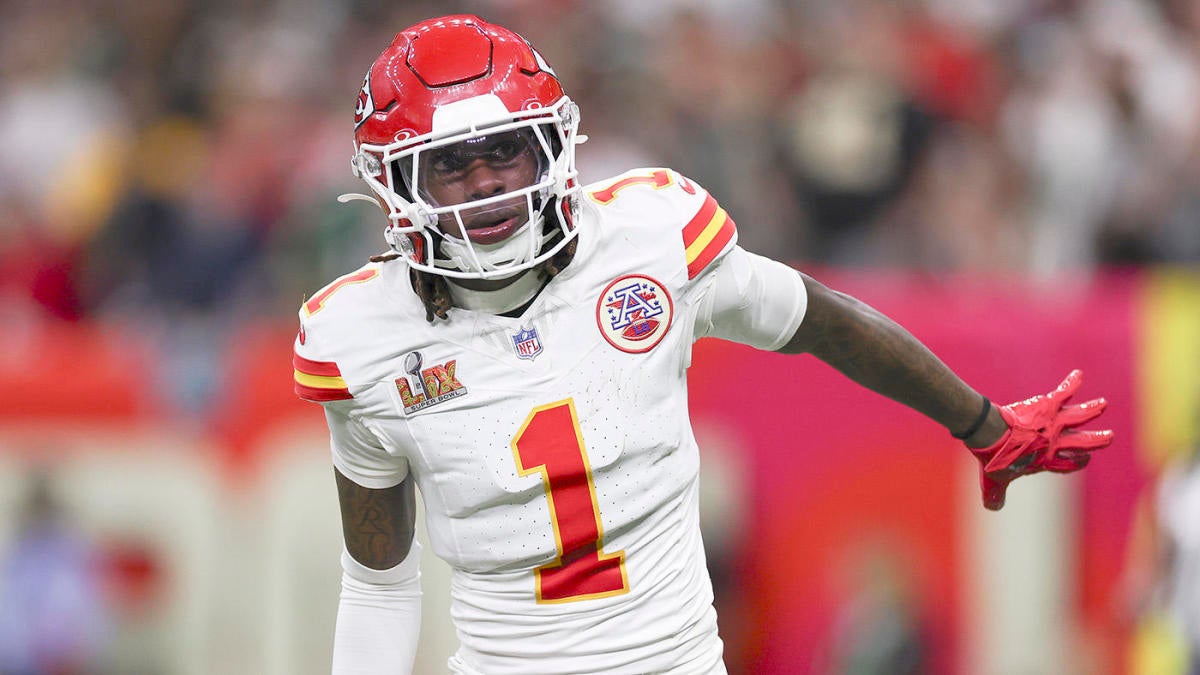Associations between physical fitness, physical activity, sedentary behavior and executive function in preschoolers – Pediatric Research

Willoughby, M. T., Wylie, A. C. & Catellier, D. J. Testing the association between physical activity and executive function skills in early childhood. Early Child Res Q 44, 82–89 (2018).
Clark, S. et al. Cerebellar-subcortical-cortical systems as modulators of cognitive functions. Neuropsychol. Rev. 31, 422–446 (2021).
Sibley, B. & Etnier, J. The relationship between physical activity and cognition in children: A meta-analysis. Pediatr. Exerc Sci. 15, 243–256 (2003).
van der Niet, A. G. et al. Associations between daily physical activity and executive functioning in primary school-aged children. J. Sci. Med. Sport 18, 673–677 (2015).
Haapala, E. A. et al. Physical activity and sedentary time in relation to academic achievement in children. J. Sci. Med. Sport 20, 583–589 (2017).
Martinez-Vizcaino, V. et al. A cluster mediation analysis confirms the validity of the “Fat but Fit” paradigm in children’s cognitive function and academic achievement. J. Pediatr. 231, 231–238.e1 (2021).
Hogan, M. et al. The interactive effects of physical fitness and acute aerobic exercise on electrophysiological coherence and cognitive performance in adolescents. Exp. Brain Res 229, 85–96 (2013).
Nieto-López, M. et al. Relation between physical fitness and executive function variables in a preschool sample. Pediatr. Res. 88, 623–628 (2020).
Meijer, A. et al. Cardiovascular fitness and executive functioning in primary school-aged children. Dev. Sci. 24, e13019 (2021).
Stroth, S. et al. Physical fitness, but not acute exercise modulates event-related potential indices for executive control in healthy adolescents. Brain Res. 1269, 114–124 (2009).
Luo, X. et al. Association of physical activity and fitness with executive function among preschoolers. Int J. Clin. Health Psychol. 23, 100400 (2023).
Carson, V. et al. Systematic review of sedentary behavior and cognitive development in early childhood. Prev. Med. 78, 115–122 (2015).
Lau, P. W. C. et al. 24-Hour movement behaviors and executive functions in preschoolers: A compositional and isotemporal reallocation analysis. Child Dev. 95, e110–e121 (2024).
Syväoja, H. J., Tammelin, T. H., Ahonen, T., Kankaanpää, A. & Kantomaa, M. T. The associations of objectively measured physical activity and sedentary time with cognitive functions in school-aged children. PloS One 9, e103559 (2014).
NHANES Questionnaires, Datasets, and Related Documentation n.d. https://wwwn.cdc.gov/nchs/nhanes/Default.aspx (accessed September 5, 2023).
de Onis, M. et al. Development of a WHO growth reference for school-aged children and adolescents. Bull. World Health Organ 85, 660–667 (2007).
Cadenas-Sanchez, C. et al. Assessing physical fitness in preschool children: Feasibility, reliability and practical recommendations for the PREFIT battery. J. Sci. Med Sport 19, 910–915 (2016).
Howard, S. J. & Melhuish, E. An early years toolbox for assessing early executive function, language, self-regulation, and social development: Validity, reliability, and preliminary norms. J. Psychoeduc. Assess. 35, 255–275 (2017).
Migueles, J., Rowlands, A., Huber, F., Sabia, S. & van Hees, V. GGIR: A research community–driven open source R package for generating physical activity and sleep outcomes from multi-day raw accelerometer data. J. Meas. Phys. Behav. 2, 188–196 (2019).
Hildebrand, M., VAN Hees, V. T., Hansen, B. H. & Ekelund, U. Age group comparability of raw accelerometer output from wrist- and hip-worn monitors. Med Sci. Sports Exerc 46, 1816–1824 (2014).
García-Alonso, Y. et al. Associations between physical fitness components with muscle ultrasound parameters in prepuberal children. Int J. Obes. 46, 960–968 (2022).
García-Alonso, Y. et al. Relationship between parents’ and children’s objectively assessed movement behaviours prior to and during the COVID-19 pandemic. Pediatr. Obes. 17, e12923 (2022).
Cadenas-Sanchez, C. et al. Physical fitness reference standards for preschool children: The PREFIT project. J. Sci. Med Sport 22, 430–437 (2019).
Veraksa, A., Tvardovskaya, A., Gavrilova, M., Yakupova, V. & Musálek, M. Associations between executive functions and physical fitness in preschool children. Front Psychol. 12, 674746 (2021).
McNeill, J., Howard, S. J., Vella, S. A., Santos, R. & Cliff, D. P. Physical activity and modified organized sport among preschool children: Associations with cognitive and psychosocial health. Ment. Health Phys. Act. 15, 45–52 (2018).
Bezerra, T. et al. Are there associations between sedentary time inside and outside preschools with preschoolers’ executive function? Child Neuropsychol. 0, 1–12 (2024).
Wu, R., Kong, S. & Kang, S.-J. Physical activity is associated with physical fitness and executive function among school children in the Jiangxi Region of China. Child Basel Switz. 11, 42 (2023).
Wick, K., Kriemler, S. & Granacher, U. Associations between measures of physical fitness and cognitive performance in preschool children. BMC Sports Sci. Med Rehabil. 14, 80 (2022).
Malambo, C., Nová, A., Clark, C. & Musálek, M. Associations between fundamental movement skills, physical fitness, motor competency, physical activity, and executive functions in pre-school age children: A systematic review. Child Basel Switz. 9, 1059 (2022).
Bezerra, T. A. et al. 24-hour movement behaviour and executive function in preschoolers: A compositional and isotemporal reallocation analysis. Eur. J. Sport Sci. 21, 1064–1072 (2021).
Amado-Pacheco, J. C. et al. Feasibility and Reliability of Physical Fitness Tests among Colombian Preschool Children. Int J Environ Res Public Health 16, 3069 (2019).
Stillman, C. M., Cohen, J., Lehman, M. E. & Erickson, K. I. Mediators of physical activity on neurocognitive function: A review at multiple levels of analysis. Front Hum. Neurosci. 10, 626 (2016).
de Menezes-Junior, F. J., Jesus, Í. C., Brand, C., Mota, J. & Leite, N. Physical exercise and brain-derived neurotrophic factor concentration in children and adolescents: A systematic review with meta-analysis. Pediatr. Exerc Sci. 34, 44–53 (2022).
Related
Yaslen Clemente Shows Off Leg Day Gains and Shares Her…
Yaslen Clemente isn't just an influencer—she's a fitness powerhouse. The social media star is known for her intense workouts, and she recently sha
Samantha Espineira Stuns in Blue Swimsuit and Shares Her 5…
Samantha Espineira knows how to turn heads, both on and off the runway. The successful model and Instagram influencer regularly shares breathtaking
The Best Fitness Trackers To Help You Reach Any Health…
Best Health Tracker: Oura Ring 3Why We Love It: I’ve tried many, many fitness trackers—but I tend not to stick with one watch or band for very long. I’ve
#CycleSyncing debunked: Popular TikTok trend not backed by science
A new study has debunked a popular TikTok wellness trend called cycle syncing, which claims that tailoring a workout routine to match the hormonal changes that












